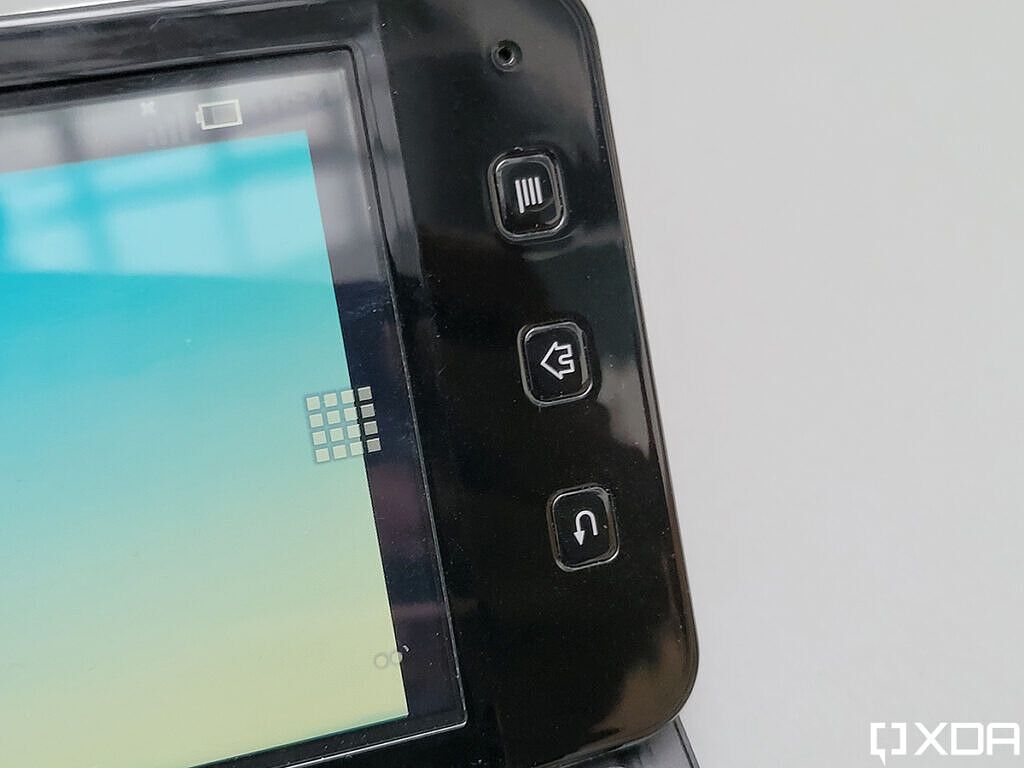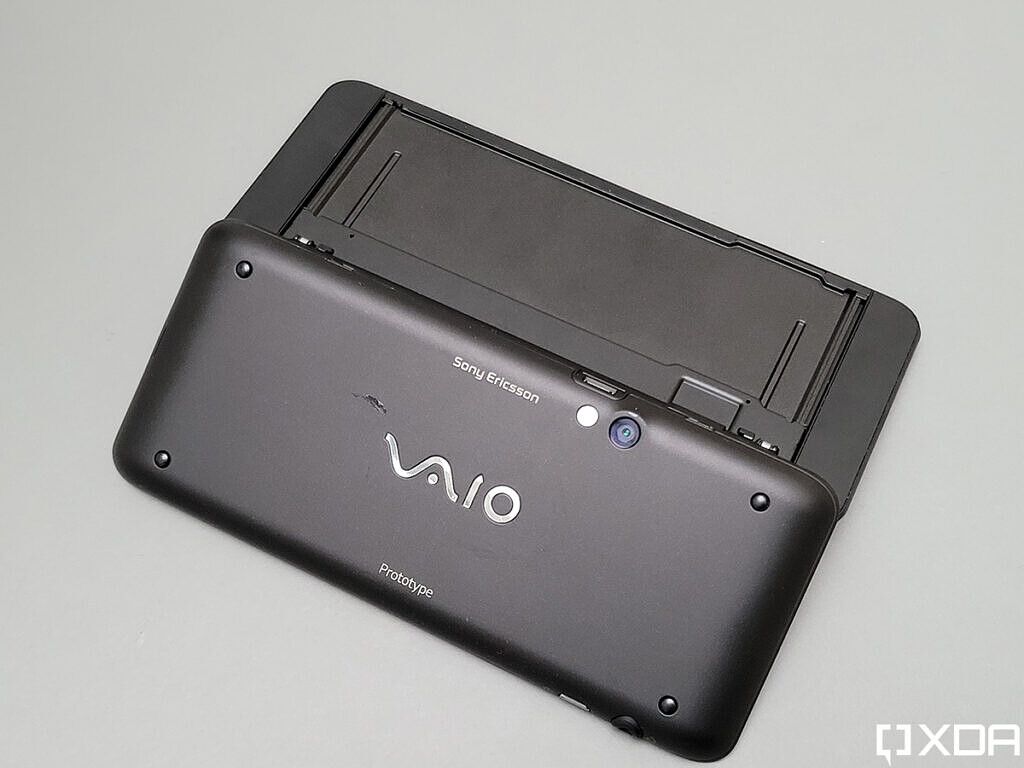A few weeks ago we got our first look at the Sony Ericsson Xperia Play 2 — an unreleased Android smartphone from the early 2010s that had the potential to revolutionize the mobile gaming industry. Designed to play PlayStation mobile games, the Xperia Play 2 featured a sliding display with a controller, completed with a D-Pad, PlayStation buttons, Start, Select, and two touch-sensitive joysticks, hidden underneath. Looking at its design, I couldn’t help but wonder what would happen if Sony resurrected the design today with current-gen hardware. How big of a splash it would make, especially considering that both mobile gaming and cloud gaming services are steadily gaining popularity around the world? Today, I have similar questions about another unreleased Sony Ericsson smartphone from the same time period.
Back in 2010, Engadget published a report about a Sony Ericsson prototype smartphone that featured a 5.5-inch display and a hinged slide-out keyboard. While the device never saw the light of day, we have now managed to procure high-quality images of the device that give us a good look at what could have been a gamechanger for the company.

The Sony Ericsson VAIO prototype that you see in the attached images predates the first VAIO Android smartphone that hit the market in 2015, after VAIO had parted ways with Sony. The device features a tall 5.5-inch display with chunky bezels on the top and bottom, which was a common sight back in the day.

It runs on Android 2.1 Eclair and, as such, it features physical back, home, and menu keys underneath the display. But none of this is unusual for an Android smartphone from that era.


What is unusual, however, is the prototype’s two-stage hinge mechanism that first slides the display out flat and then inclines it up to reveal a full-sized keyboard with comfortable spacing and great travel.

And despite the space constraints, it even features a second set of Android buttons to the left of the spacebar, a dedicated search button, and a function key.

Over on the back, the Sony Ericsson VAIO prototype features prominent VAIO branding bang in the center, a small Sony Ericsson logo at the top next to the single rear-facing camera and flash, and a Prototype badge at the bottom.

It even has four rubber feet at the bottom for traction which would really come in handy while using it on a desk. For connectivity, the device looks to have a headphone jack on the leading edge and a mini USB port on the trailing edge.
Much like the Xperia Play 2, this Sony Ericsson VAIO prototype was way ahead of its time. In my opinion, if Sony were to launch a similar design today, professionals who often have to work on the go would line up to purchase the smartphone. And with Android now boasting a much more mature ecosystem of apps and features, the smartphone would have a stronger chance of carving a niche in today’s smartphone market than it did back in the day.
What do you think of this Sony Ericsson VAIO prototype? Would you consider purchasing an Android smartphone with a physical keyboard? Or do you think this form factor and the physical keyboard aren’t as relevant anymore? Share your thoughts in the comments section below.
The post Exclusive: This is the Sony Ericsson VAIO smartphone that never came to be appeared first on xda-developers.
from xda-developers https://ift.tt/382VBXD
via
IFTTT











